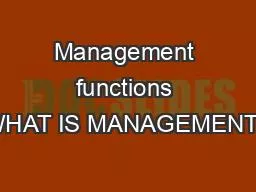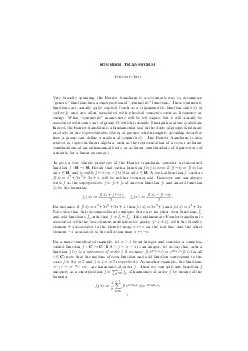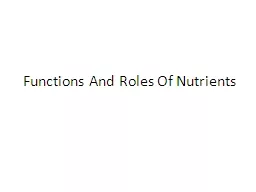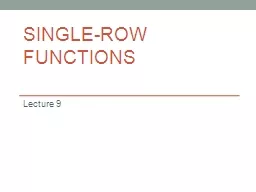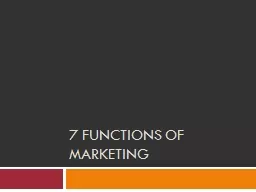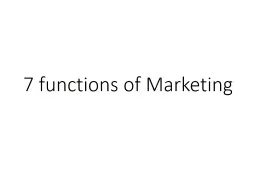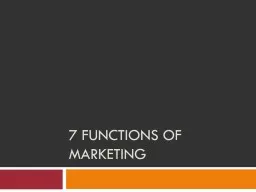PPT-Management functions WHAT IS MANAGEMENT?
Author : maniakti | Published Date : 2020-06-16
The stem of the word is manage meaning to control the movement or behavior of to lead or direct or to succeed in accomplishing Have you ever controlled the movement
Presentation Embed Code
Download Presentation
Download Presentation The PPT/PDF document "Management functions WHAT IS MANAGEMENT?" is the property of its rightful owner. Permission is granted to download and print the materials on this website for personal, non-commercial use only, and to display it on your personal computer provided you do not modify the materials and that you retain all copyright notices contained in the materials. By downloading content from our website, you accept the terms of this agreement.
Management functions WHAT IS MANAGEMENT?: Transcript
Download Rules Of Document
"Management functions WHAT IS MANAGEMENT?"The content belongs to its owner. You may download and print it for personal use, without modification, and keep all copyright notices. By downloading, you agree to these terms.
Related Documents

